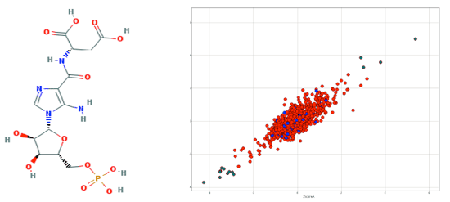Nutrient Sensing and Cell Biology

Mammalian cells sense nutrient signals to reprogram energetic metabolism and trigger biological responses within the context of tissue function and whole animal physiology. This is exemplified by the nutrient fluctuations occurring during fed/fasting or diabetic conditions and the specific functions of the liver, skeletal muscle or adipose tissues.
We are focused on the identification of the molecular components that sense and transmit nutrient signals and reprogram metabolic/energetic processes. We study how these components are assembled (in space and time) to regulate metabolic adaptations in cells and in whole animals. We design and use experimental approaches that combine biochemistry with new tools in chemical/metabolite biology, proteomics and gene expression.
In the last years, we have extensively used the metabolic transcriptional coactivator PGC1α, a key protein in remodeling cellular metabolic programs including mitochondrial oxidative phosphorylation, as a “scaffold” bait to identify the mammalian nutrient sensing components. We have identified a new regulatory nutrient/metabolite pathway that impinges on the hyperacetylation status of PGC1α. Central sensing components within this pathway include metabolite sensitive enzymes such as the acetyl transferase GCN5 (responds to Acetyl-CoA levels), the deacetylase SIRT1 (responds to NAD+ levels), and components of the canonical cAMP pathway.
Selected publications


